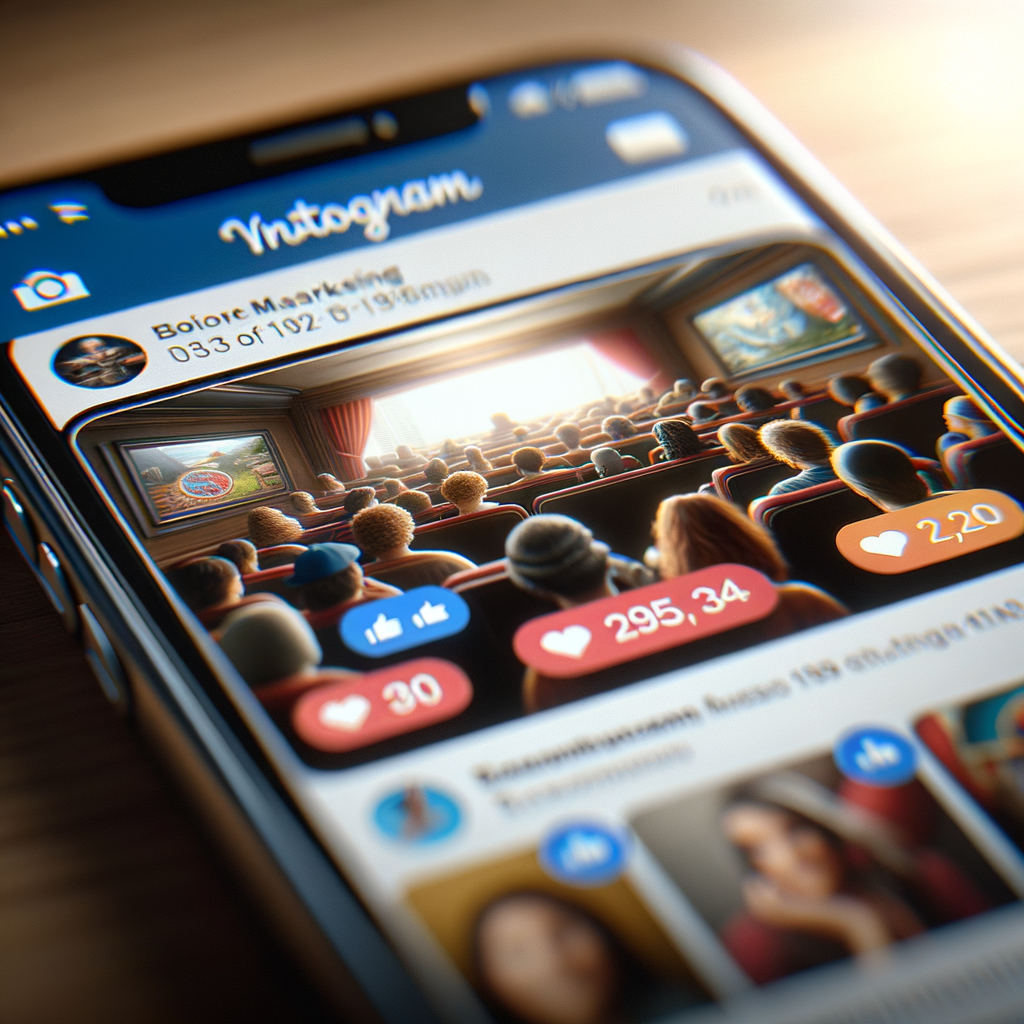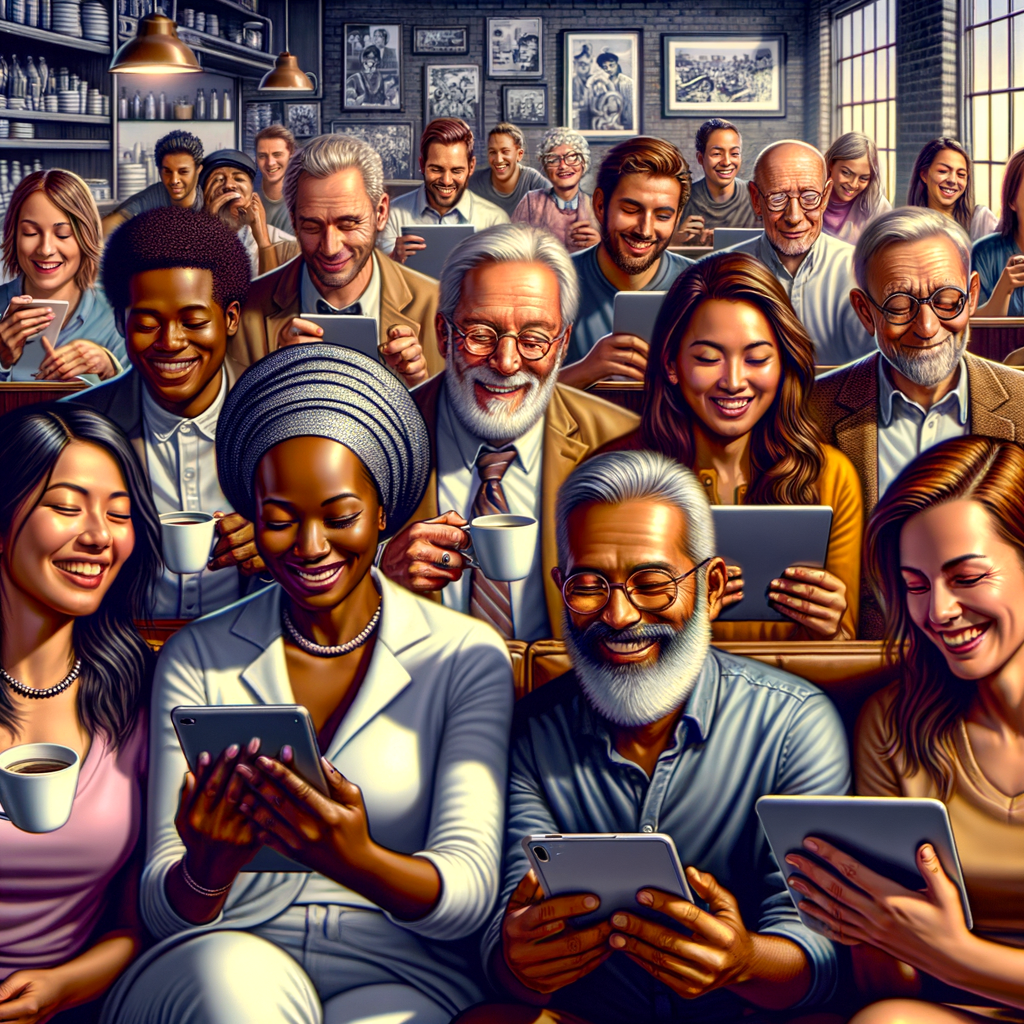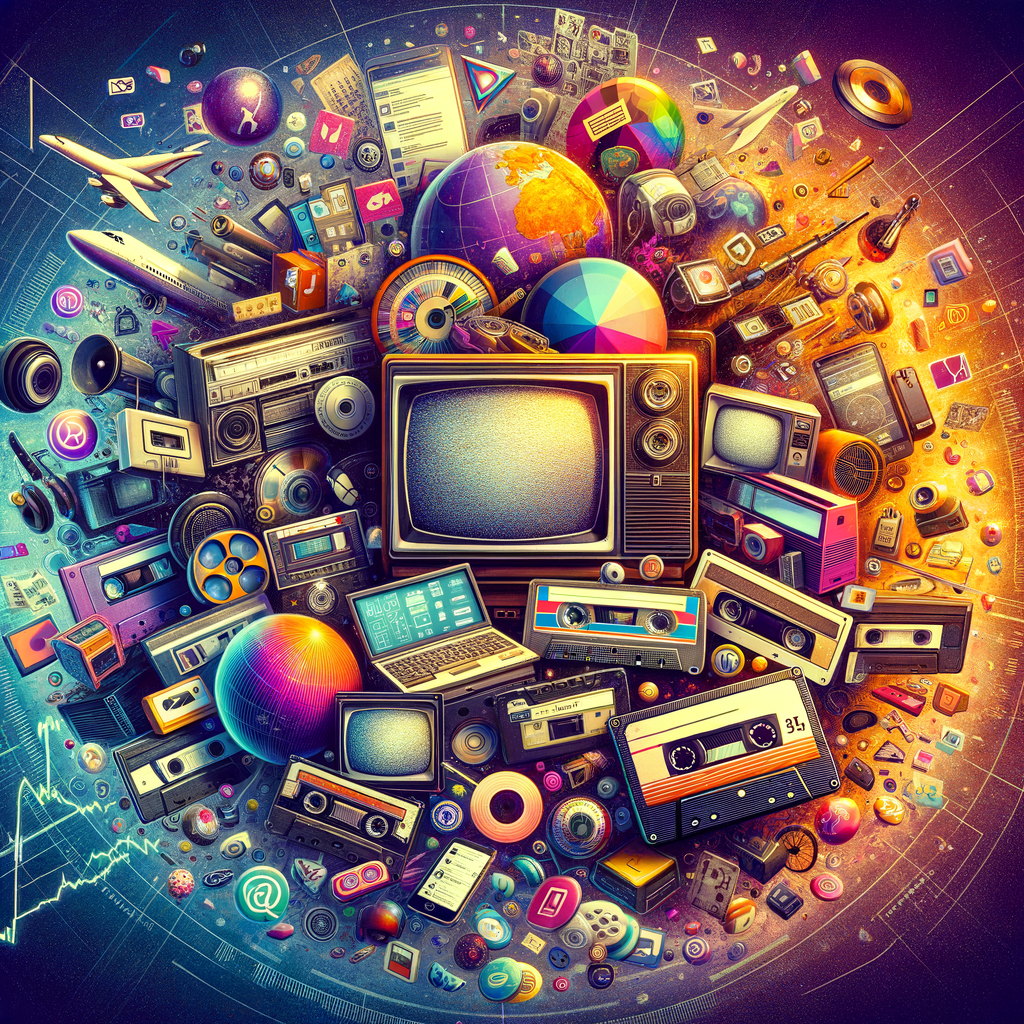Unlocking the Secrets of Nostalgia Marketing to Boost Digital Engagements
Discover how tapping into nostalgia can supercharge your digital marketing in 2025 by creating emotional connections and fostering deeper brand loyalty.
Unlocking the Secrets of Nostalgia Marketing to Boost Digital Engagements
As a digital creator and marketer, I constantly search for strategies that not only stand out but also foster a genuine connection with my audience. In 2025, the emergence of nostalgia marketing has revolutionized how brands and content creators interact with their communities online. It’s not just about revisiting the past for the sake of it—nostalgia marketing taps into the deep emotions tied to our memories, creating a sense of comfort and trust that modern digital campaigns often struggle to cultivate.
There’s real science behind why nostalgia works so powerfully in marketing. Revisiting fond memories triggers positive emotions, making us feel valued as individuals rather than just consumers. When I incorporate retro aesthetics or reference iconic moments from the past, I notice my audience is more likely to engage—be it with comments, shares, or brand loyalty. Whether it’s referencing 90s pop culture on TikTok or using a vintage-inspired color palette for Instagram posts, familiar elements evoke personal stories that prompt followers to respond: “This reminds me of...” Those genuine interactions are gold in a digital world saturated by fleeting trends.
In my experience, nostalgia transcends demographics. From Gen Z rediscovering Y2K fashion on resale platforms to Millennials reminiscing about early internet games, these shared memories create vibrant, welcoming communities. For small businesses, creators, and artists navigating the noise of the creator economy, nostalgia bridges generations and global audiences alike. It’s especially potent for those of us growing personal brands because it infuses campaigns with authenticity and relatability—two key ingredients for lasting online engagements.

What makes nostalgia marketing uniquely effective in 2025? For starters, we’re witnessing a cultural resurgence of retro media: vintage video games, music cassettes, polaroid photography, and classic movie references are everywhere. Social media platforms like Instagram, Pinterest, and even LinkedIn are bustling with posts that pay homage to past decades. I leverage this trend by remixing old-school styles with my creative content, bringing a fresh perspective to works that feel both familiar and innovative. This “reimagined nostalgia” invites curiosity, encouraging followers to share their own throwback stories, thus boosting my engagement rates organically.
The psychology behind nostalgia offers digital marketers a considerable advantage. Studies show that nostalgia not only enhances positive emotions but also influences purchasing intentions. When people see content that reminds them of something personally significant, they’re more likely to interact—and remember your brand. This emotional resonance translates into higher conversion rates, especially when paired with user-generated content. For instance, inviting followers to share their retro style or tag nostalgic products can ignite a wave of community-driven publicity.

To successfully implement nostalgia marketing, authenticity is paramount. It’s tempting to shoehorn in retro references, but today’s audience is savvy—forced nostalgia can come across as insincere, diminishing credibility. Instead, I focus on the underlying sentiment: what makes a past trend appealing and how can I reinterpret it to reflect my brand’s story? Whether you’re an independent artist, a DIY creator, or an aspiring entrepreneur, anchoring campaigns in shared memories can drive lasting engagement without feeling gimmicky. By listening to feedback and weaving genuine narratives, I create an evolving brand ecosystem that feels both timeless and distinctly personal.
Digital marketers should also be wary of over-relying on nostalgia. The sweet spot lies in blending retro cues with current trends and values. For example, combining 80s-inspired visuals with modern sustainability messages, or pairing vintage product features with today’s technology. These hybrid campaigns not only celebrate the best of the past but also remind audiences that your brand is forward-thinking and adaptable. The result? Deeper emotional bonds, increased social shares, and stronger community advocacy—all essential for growth in the competitive creator economy.
Conclusion
Nostalgia marketing isn't just a passing fad—it's a potent tool that, when used thoughtfully, can transform digital engagements and drive brand loyalty well into 2025 and beyond. By understanding what resonates with your audience and infusing your storytelling with authentic retro elements, you can create marketing campaigns that truly stand the test of time.
Blog Article Tags
nostalgia marketing digital marketing creator economy brand engagement social media strategy emotional branding consumer psychology viral content online business brand loyaltyMore Articles
Maximizing Your Reach: Effective Social Media Strategies for Indie Creators - Discover actionable social media strategies for indie creators to engage fans, grow your audience, and increase support across disciplines.
The Secret Science Behind Viral Content: Unveiling How Creators Captivate Audiences - Explore psychological triggers and hidden techniques powering viral content. Learn how creators grow global followings organically in 2025 without big budgets.
Hidden Histories: Unearthing Forgotten Arts and Crafts from Ancient Civilizations - Discover obscure arts and crafts from ancient civilizations and learn how to revive these lost techniques in your own creative projects for a unique, modern twist.
Transforming Everyday Items into Masterpieces: Creative Upcycling Techniques - Unlock innovative ways to upcycle household items into beautiful art. Explore creative DIY techniques that blend sustainability with artistic flair.
Turn Your Old Hobbies Into Profitable Side Hustles in 2025 - Discover strategic steps to transform your hobby into a side hustle and generate extra income in 2025 using modern platforms and digital marketing.


